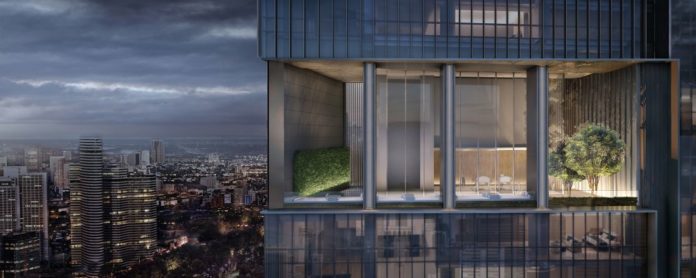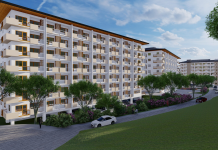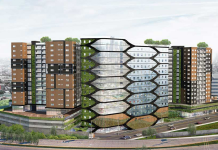
Developers are struggling to keep up with demand of luxury properties.
Philippines property is booming. Plus the luxury sector is particularly buoyant. Uptake is reported to be high, which is a reflection of the state of the economy. GDP has increased by 7.1 percent for the third quarter of 2016. This is higher than either of the first two quarters.
Overseas Filipino Workers remittances have increased by 4.8 percent from January to September 2016 to USD 20.025 billion. Whilst it is unlikely that their pool of money will be spent on luxury property, property is a popular investment asset and demand in any tier of the market will have a knock-on effect to the rest of the market.
Additionally the luxury segment is not influenced by budget restraints. However developers are unable to keep up with demand that is dominated mainly in the business districts particularly in Taguig and Makati. This is because residents want to be in the thick of the amenities and have the luxury of a short commute to work rather than battling the city’s traffic.
Park Central Towers by Ayala Land Premier in Makati is one good example of a luxury project. An unbeatable location but with a finish to match. Residents enjoy stunning skyline views, and a luxury lifestyle that exceeds residents’ expectations.
It has been reported that every month 39 luxury units are sold in Makati. This is interesting seeing as luxury properties only account for a tenth of the market. Luxury units naturally warrant a bigger sizes of around 150 square metres, which puts a strain on land which is already lacking in Manila. However, for developers it is a lucrative business as they generate values of PHP 350,000 per square metre.
As the Philippines is being ear marked by global investors who are restricted on owning land in the Philippines, many these high end units are being snapped up by foreigners. Developers will need to adapt their strategies to increase the supply of luxury properties in order to keep up with demand.




















